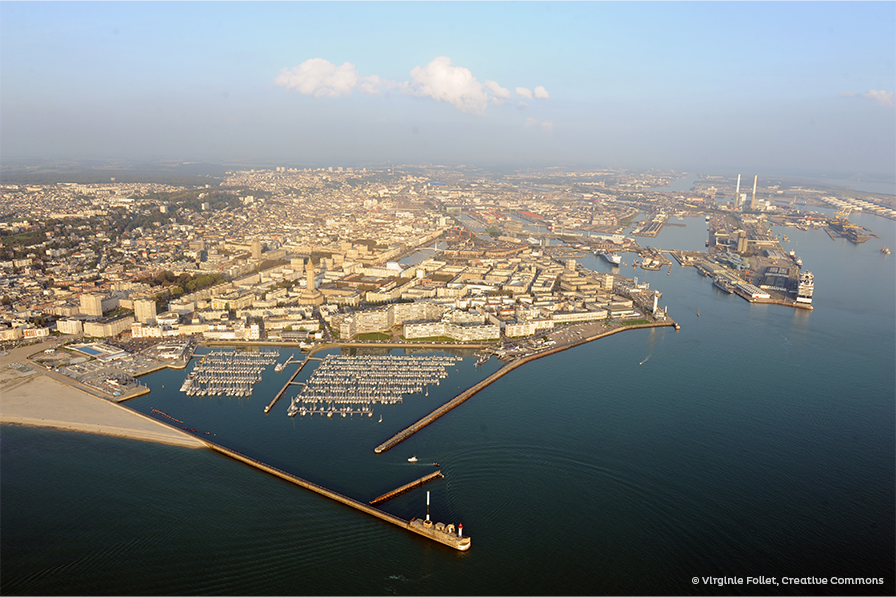French authorities approve the project for a floating LNG terminal in Le Havre

This floating regasification terminal is an ideal solution given its implementation timeframe and the extra capacity it offers. Forty-five FSRUs have already been commissioned worldwide.
Under the dramatic circumstances linked to the war in Ukraine and its impact on the French and European gas supply, an FSRU vessel will allow France to increase its import capacities by 45 TWh per year.
To achieve this, TotalEnergies will deploy the Cape Anne – one of its two FSRU vessels – which will allow for the injection of the equivalent of around 60% of Russian gas imported by France in 2021, i.e. around 10% of France’s annual consumption in the GRTgaz network.
The port of Le Havre was selected as it has the best features to ensure the project’s success: correctly-sized infrastructures; space to accommodate the FSRU and the LNG terminals that will supply it; recognised operational expertise; and a location near to France’s gas transmission network, allowing for a quick connection to the network terminal. The FSRU will be moored at the Bougainville Sud dock as part of the current Haropa - Port of Le Havre ro-ro terminal. The site was chosen from among three possible installations identified following the project’s environmental, societal and technological risk impact assessment.
Consultations between the partners (TotalEnergies, Haropa Port) and the French public authorities (the Seine-Maritime Préfecture, the Regional Directorate for Environment, Planning and Housing (DREAL), the intracommunal body Le Havre Seine Métropole) for this unique project were rigorously carried out, despite the tight deadline linked to the urgent nature of the situation. Consultations are likewise planned with municipalities or intercommunal bodies (EPCI) either crossed by or located near to the future transport facility.
Given the urgent nature of the situation, rigorous consultations between the partners (TotalEnergies, Haropa Port) and the French public authorities (the Seine-Maritime Préfecture, DREAL, the intracommunal body Le Havre Seine Métropole) for this unique project took place under a tight deadline.
TotalEnergies will install and operate the FSRU. It will be constructed by GRTgaz, which will also operate the pipeline connecting it to the gas transmission network.
This project is a chance for the port of Le Havre to resume an operation that it pioneered in hosting Continental Europe's first LNG terminal in 1965. The terminal continued to receive LNG shipments for another 25 years until 1989.
GRTgaz's current network is already sufficiently large to accommodate the FSRU. Works to connect the unit to the French network will involve installing a 3.5 km pipeline underneath the Le Havre canal. This will be done using a micro-tunnel boring machine over a distance of 650 metres and at a depth of six metres beneath the shipping channel floor.
To identify any risks of a gas leak, an interface installed near to the FSRU will include the necessary safety mechanisms and a gas reheating and odorization unit.
The pipeline route was drawn up based on the conclusions of an environmental analysis. The aim is to minimize its impact, and in particular to avoid any at-risk natural areas. The pipeline will hence be mostly laid in sealed areas or areas bordering transit routes. It will be buried at a minimum depth of one metre, and the ground will be restored to its original condition at the end of the project, in line with the regulations in force.
Provided that the necessary administrative authorisations are obtained, initial construction work for the connection pipeline are set to begin in autumn 2022, for completion in summer 2023. The Cape Anne is currently operating in China. Its arrival on site in expected in June 2023, with commissioning planned from September 2023.